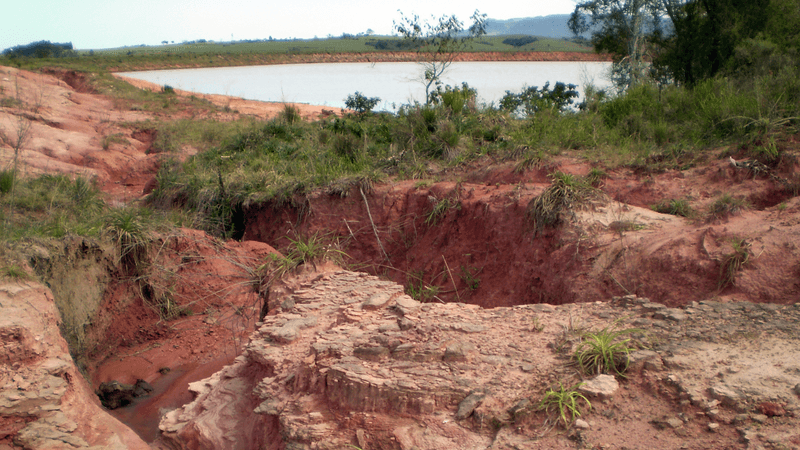A recent discovery in southern Brazil has captured the attention of the scientific community: heavy rains unearthed what could be one of the oldest dinosaur fossils ever found. The near-complete skeleton, dating back approximately 233 million years, was discovered next to a reservoir in São João do Polêsine, in the state of Rio Grande do Sul (The Independent) (livescience.com).
The Discovery
The fossil belongs to a species from the Herrerasauridae family, a group of early carnivorous dinosaurs that lived during the Triassic Period. These dinosaurs were characterized by their bipedal stance and sharp teeth, making them formidable predators of their time. The uncovered specimen is almost fully preserved, a rarity that provides a significant opportunity for paleontologists to study the early stages of dinosaur evolution (The Independent) (livescience.com).
Scientific Significance
This discovery is crucial for understanding the origins of dinosaurs. The Herrerasauridae family includes some of the earliest known dinosaurs, and this find could help clarify the evolutionary history and geographical distribution of these ancient creatures. If the dating is confirmed, this fossil could potentially predate other significant dinosaur finds, adding valuable information to the timeline of dinosaur evolution (The Independent) (livescience.com).

Challenges and Future Work
The region where the fossil was found is prone to heavy rainfall, which poses a challenge for ongoing excavation efforts. Recent floods have already damaged parts of the site, and researchers are racing against time to recover more fossils before they are lost to erosion. Despite these challenges, the discovery has energized the scientific community, highlighting the importance of protecting and studying such sites (The Independent) (livescience.com).
This remarkable find not only sheds light on the early days of the dinosaur era but also underscores the importance of preserving our natural heritage for future scientific exploration.
